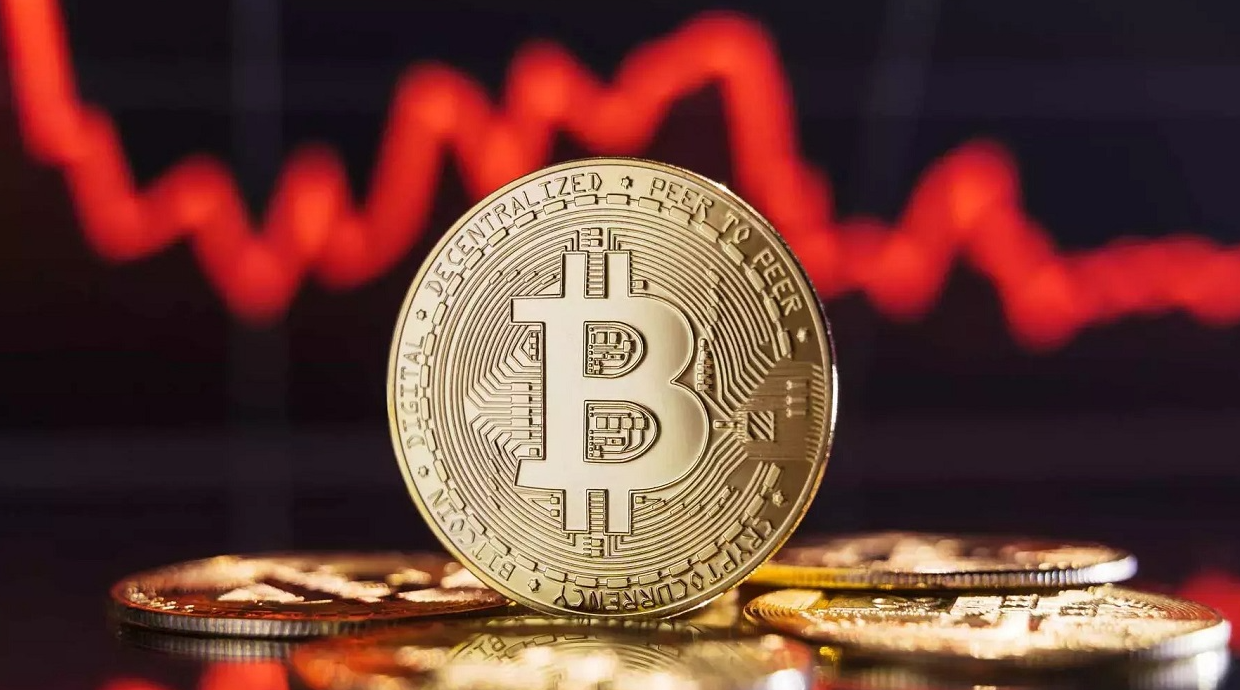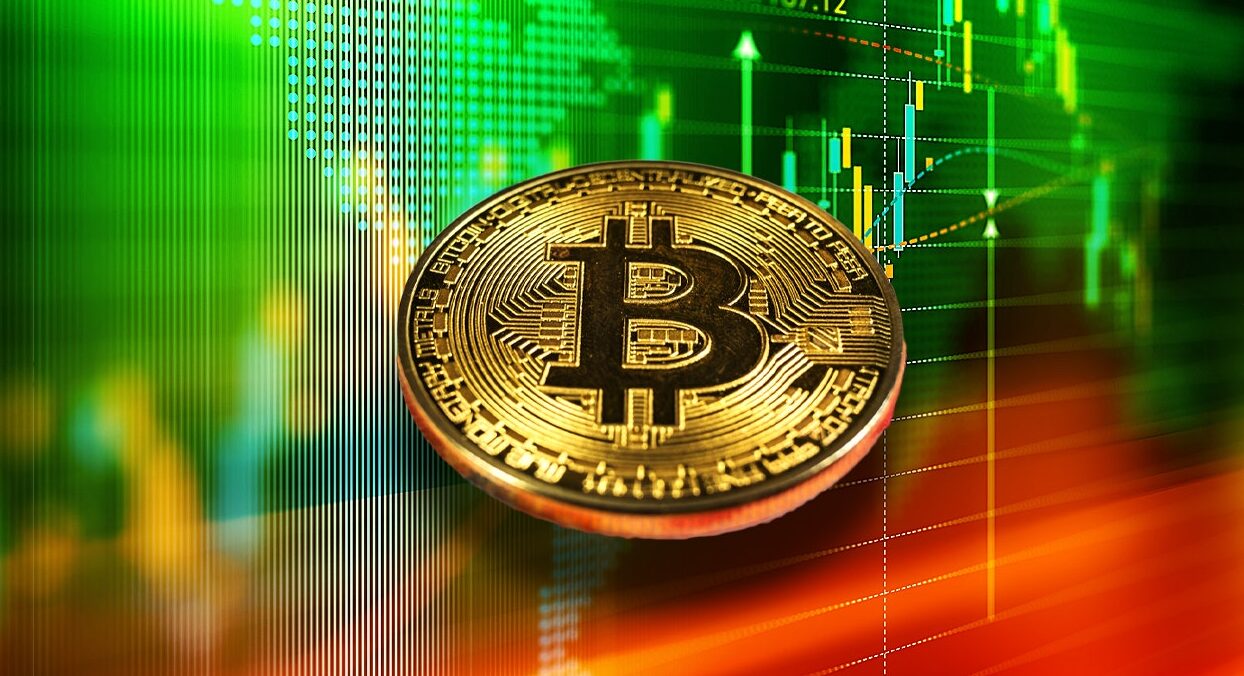Bitcoin, the first digital currency, has changed the world of finance in a big way since it was created by the mysterious Satoshi Nakamoto in 2009. Bitcoin was the first decentralised currency. It changed the way peer-to-peer transactions work by making it possible for them to happen without banks or other middlemen. The Bitcoin price is a very volatile and closely observed number that shows how much the market thinks it is worth. This is what makes it so interesting and appealing. This article looks at many things that affect the price of Bitcoin, such as historical trends, major events, and the tools that are available to track and analyse its value. It gives readers a full picture of this important financial indicator.
Bitcoin Price Supply Demand
The basic idea behind the price of Bitcoin is supply and demand. Bitcoin’s protocol sets a hard limit of 21 million coins, which makes it scarce and protects it from the inflationary pressures that affect traditional currencies. Many people compare Bitcoin to digital gold because it has a limited supply. There are several reasons why demand goes up and down. Recently, institutional interest has grown a lot. For example, Tesla, MicroStrategy, and Square have all put some of their money into Bitcoin.
This institutional use of Bitcoin has made it more legitimate as an asset class, which has led to price rises. At the same time, geopolitical uncertainty, worries about inflation, and decisions about monetary policy around the world sometimes lead investors to turn to Bitcoin as a hedge, which also affects demand. Changes in rules and regulations are just as important. For example, news from the U.S. Securities and Exchange Commission (SEC) about Bitcoin exchange-traded funds (ETFs) or crackdowns on crypto exchanges in some countries might cause prices to move a lot. Investors and traders should closely monitor the evolving legal landscape.
Bitcoin Price History Trends
Bitcoin’s price history is full of big jumps and drops, which is typical for new and speculative assets. In the beginning, Bitcoin was worth very little, only a few pennies. The first big jump in price was in 2013, when Bitcoin went over $1,000. This spike in value was mostly because more people were learning about and using it. The bull run of 2017 signalled a significant shift, as Bitcoin’s price surged to approximately $20,000 before experiencing a sharp decline in 2018.

This ups and downs cycle demonstrated the market’s instability, often influenced by hype, media attention, and investor mindset. Big events like the Bitcoin halving, occurring approximately every four years, also influence the price. During halving, mining rewards are cut in half, which slows the flow of new coins into the market and has historically led to price increases. The most recent halving, which took place in May 2020, came before Bitcoin’s record rise to over $68,000 in late 2021, showing how important this protocol mechanism is.
Bitcoin Mining and Price
A network of miners keeps the Bitcoin blockchain up to date and makes sure the system is safe by validating transactions. Mining is the process of employing specific hardware to solve difficult cryptographic riddles. This activity takes a lot of energy, but it makes sure that the network is secure and trustworthy.
Bitcoin prices have a big effect on mining profitability. Mining gets more profitable when prices go up, which encourages more miners to join the network and increases hash power. On the other hand, when prices go down, miners with greater operating costs may have to stop working, which can make the network less secure for a short time. Changing the difficulty of mining every two weeks or so helps keep the rate of new Bitcoin generation steady. This process keeps Bitcoin’s supply growth predictable, which helps keep its value stable and makes it more scarce over time.
Bitcoin Technical Fundamental Analysis
Traders and investors use both technical and fundamental analysis to figure out how Bitcoin prices will change and how to make money off of them. Technical analysis uses price data from the past, charts, and indicators like moving averages, the Relative Strength Index (RSI), and volume to find patterns and possible reversals. Fibonacci retracements and other tools might help you find support and resistance levels.
Fundamental analysis looks at on-chain variables like the number of transactions, the number of active addresses, and the health of the network. A well-known formula, the Stock-to-Flow ratio, examines the current supply of Bitcoin and the production of new coins. This approach helps us understand how prices change when there isn’t enough of something. Also, macroeconomic developments, news about regulations, and the engagement of institutions are all important factors that affect the price of Bitcoin. Investors can get a better picture of market circumstances by using both strategies together. This balances short-term signals with long-term patterns.
Bitcoin Regulation and Impact
In the world of cryptocurrencies, rules can be both good and bad. Clear and helpful rules make it easier for institutions to invest and for the general public to accept new technologies, which usually increases trust and keeps prices stable. For instance, the launch of Bitcoin futures and ETFs on regulated markets has made them more accessible and legitimate.

Strict regulations or complete prohibitions, on the other hand, may reduce demand and encourage sales. China’s 2021 ban on cryptocurrency trading and mining led to a big drop in prices and a change in mining operations around the world. Anyone dealing with Bitcoin must monitor regulatory developments in key markets such as the US, Europe, and Asia.
Bitcoin Price Tracking Tools
Investors use various tools and websites to keep track of the price of Bitcoin. Coinbase, Binance, and Kraken are examples of cryptocurrency exchanges that let you trade and see prices in real time. CoinMarketCap and CoinGecko are examples of aggregators that provide detailed information, including market capitalisation, volume, and historical trends.
On-chain analytics solutions, like Glassnode and CryptoQuant, give you more detailed information about network activity, liquidity, and investor behaviour. News sites like CoinDesk and The Block keep people up to date on the latest events that affect the price of Bitcoin.
Final thoughts
Bitcoin’s price is still hard to predict because it changes so often and there are so many things that affect it. But a lot of analysts still think Bitcoin will go up since more people are using it, new technology is being developed, and it is a unique decentralised store of value.
Bitcoin’s market position could get even stronger thanks to new trends, including the rise of decentralised finance (DeFi), its integration with traditional banking, and possible advancements in blockchain scalability. Still, you should think carefully about the hazards that come with regulatory crackdowns, worries about the environmental impact of mining energy use, and competition from other digital assets.







